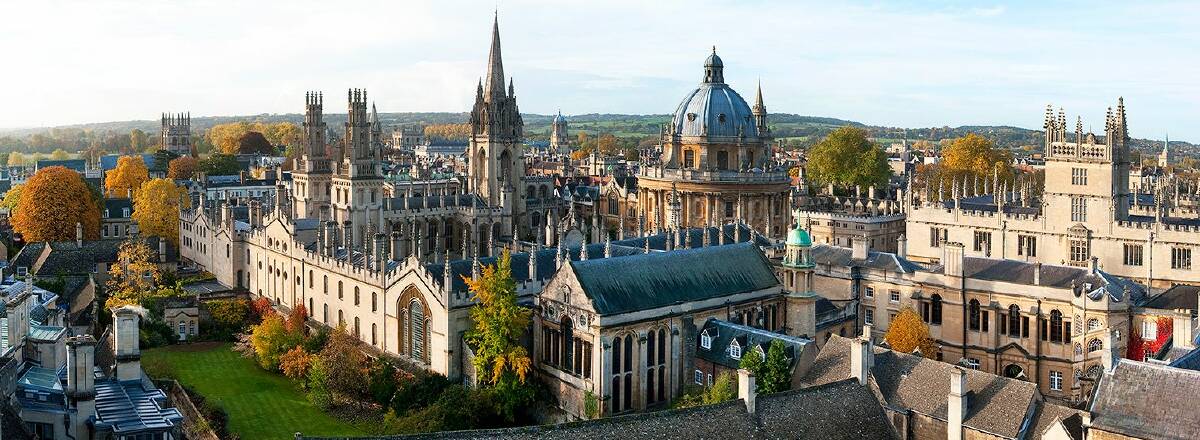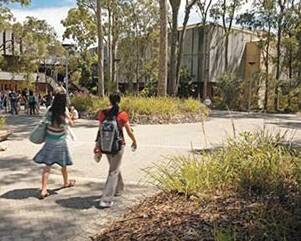
Historic University of Oxford provides a template for the future of the University of Newcastle's Callaghan campus, Vice-Chancellor Alex Zelinsky believes.
Founded in the eighth century, Oxford is a self contained township made up of university colleges that sit alongside civic buildings.
It's a model that complements Professor Zelinsky's vision for the bushland campus at Callaghan, which includes a business park, school, medical centre and hospital, hotel and nature reserve.
" When you go to Oxford you say where's the university? It's everywhere," Professor Zelinsky said.
"When you come to Callaghan in 10-15 years time it'll have all the elements of a town inside it because it's 140 hectares.
"The university will be interspersed with buildings - laboratories, teaching spaces, shops, retail; it's a town and students also live here."

Plans for the business park received a boost last week with the announcement that the university in partnership with the University of NSW had received $50 million in funding to produce clean energy and recycling innovations through the creation of the Australian Trailblazer Recycling and Clean Energy Program.
Professor Zelinsky said the program would stoke interest from companies that were keen to work with the university on the development of clean energy projects.
"It will make us a research and development powerhouse in those areas," he said.
The future of the Callaghan campus forms part of the university's broader planning process.

The university's council will meet this week to discuss how the university's three colleges (College of Engineering, Science and Environment, the College of Health, Medicine and Wellbeing and the College of Human and Social Futures) will be located between the new Honeysuckle City Campus, a future John Hunter Hospital Campus and Callaghan.
Professor Zelinsky said it was likely that the STEM (science, technology, engineering and mathematics) disciplines would primarily remain at Callaghan and white collar disciplines would partially relocate to Honeysuckle.
Health and medical science disciplines would be split between Callaghan and the new John Hunter campus.
"It's one university and it's going to be blended," Professor Zelinsky said.
"The med students may do the first two or three years here and then do the final two years at the hospital. There might be some disciplines like business and law that go downtown and that makes sense."
The University Council is also due to discuss the timeline for the demolition of the Hunter Building, which was vacated in 2021 due to asbestos contamination and structural concerns, which emerged following the 1989 earthquake.
The building, constructed in the early 1970s, takes up a large section of the eastern side of the Callaghan campus.
"There's some decommissioning work that will take the best part of this year to complete. We'll be in a position to start work on totally removing it early next year.
"That will create an opportunity to put a new building in its place."







